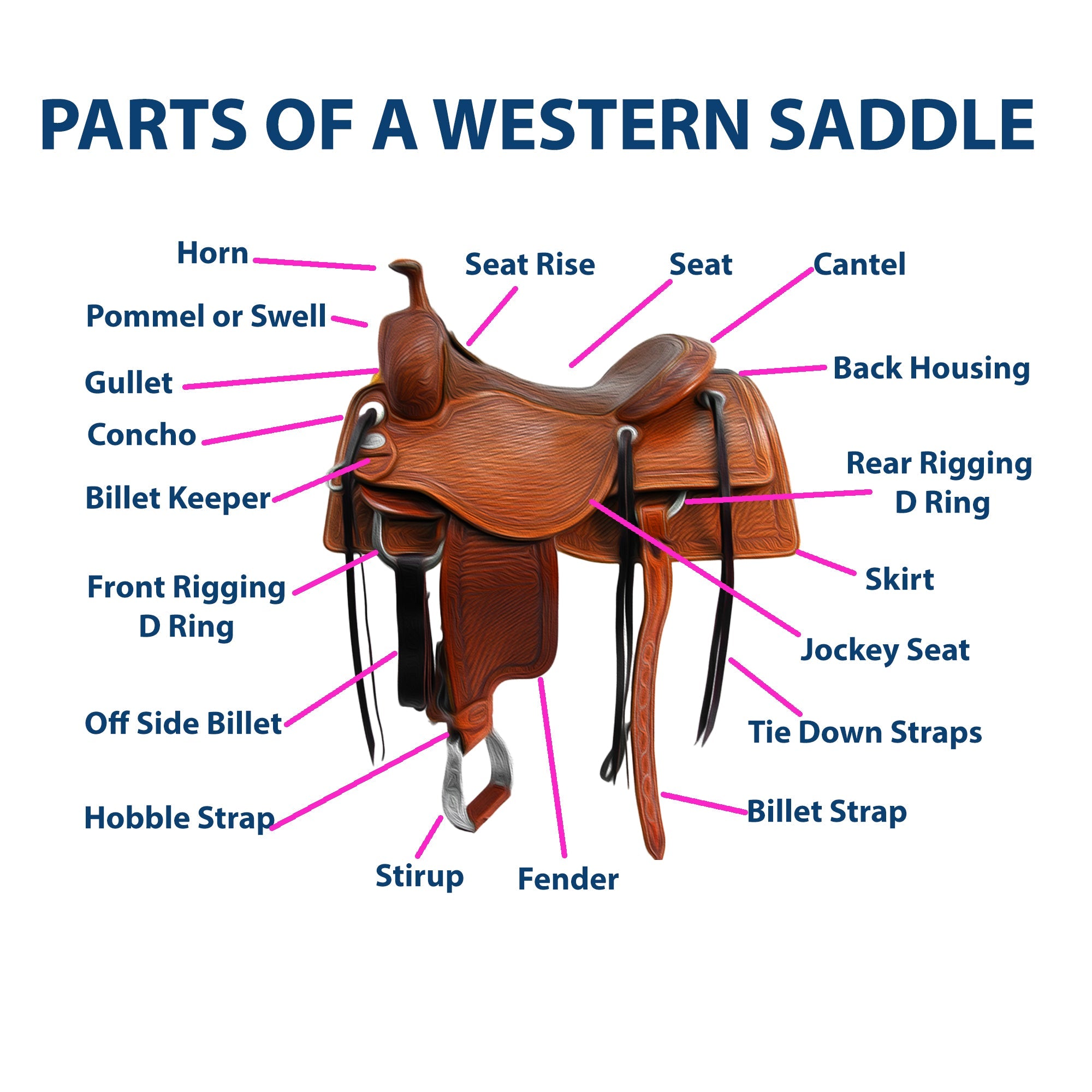When it comes to understanding horses, it’s important to have a clear understanding of their anatomy. This comprehensive guide will walk you through the different parts of a horse, complete with pictures for reference.
1. Head and Neck
The head and neck of a horse are crucial parts that determine its overall conformation. The head includes the muzzle, which consists of the mouth, lips, nose, nostrils, and chin. These parts are highly mobile and sensitive, allowing horses to breathe through their nostrils and eat using their mouths. The neck connects the head to the body and is responsible for overall balance and flexibility.
2. Body
The body of a horse consists of several parts, including the loins, back, barrel, and croup. The loins are considered the weakest part of a horse’s back and lie on either side of the vertebrae, just behind the saddle. The back runs from the withers to the loins and provides support and strength. The barrel is the main body of the horse, housing vital organs, while the croup is the area where the back and tail meet.
:strip_icc()/GettyImages-664712689-5c69ce3f46e0fb0001f0e443.jpg)
Credit: www.thesprucepets.com
3. Legs
The legs of a horse are essential for its movement and balance. Each leg consists of several parts, including the shoulder, forearm, knee, cannon bone, fetlock, pastern, and hoof. The shoulder is responsible for providing range of motion, while the forearm connects the shoulder to the knee. The knee acts as a joint, allowing the leg to bend. The cannon bone is long and sturdy, supporting the weight of the horse. The fetlock, pastern, and hoof work together to absorb shock and provide traction.
4. Hoof
The hoof of a horse is a critical part of its anatomy. It consists of the wall, sole, and frog. The wall is the hard outer layer that protects the sensitive inner structures of the hoof. The sole is the bottom surface of the hoof, which is in contact with the ground. The frog is a triangular-shaped structure located at the back of the hoof that helps with shock absorption and blood circulation.

Credit: southwesternequine.com
5. Tail
The tail of a horse is primarily used for communication and balance. It consists of long, sturdy hairs grouped together in a tailbone. Horses can swish their tails to shoo away flies or express their emotions. The tailbone also helps with balance during turns and jumps.
Frequently Asked Questions Of A Picture Guide To The Different Parts Of A Horse
What Is The Weakest Part Of A Horse?
The weakest part of a horse is the loins, located on either side of the vertebrae just behind the saddle.
What Is The Body Parts Of Horse?
The body parts of a horse include head, neck, body, legs, hooves, mane, tail, muzzle, nostrils, and ears.
What’s A Horse’s Nose Called?
A horse’s nose is called the muzzle. It includes the mouth, lips, nostrils, and chin. Horses breathe through their large, flexible nostrils, not their mouths.
What Is Proper Horse Structure?
The proper horse structure refers to its conformation, which includes the balance, proportions, angles, and musculature essential for sound movement and overall health. Strong, well-aligned legs, a well-proportioned body, and balanced musculature contribute to proper horse structure.
Conclusion
Understanding the various parts of a horse is essential for anyone involved in equestrian activities. By familiarizing yourself with the head and neck, body, legs, hoof, and tail of a horse, you can better communicate with veterinarians or trainers and appreciate the intricacies of these magnificent animals.

